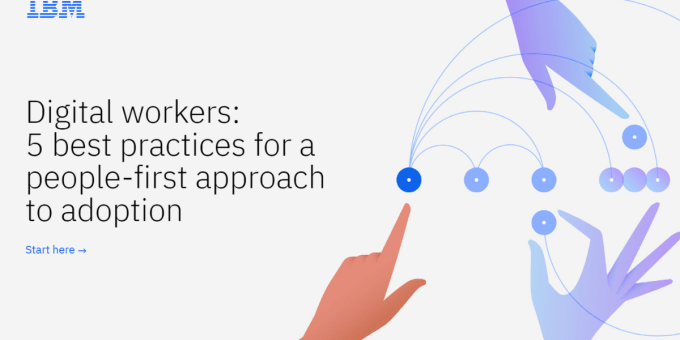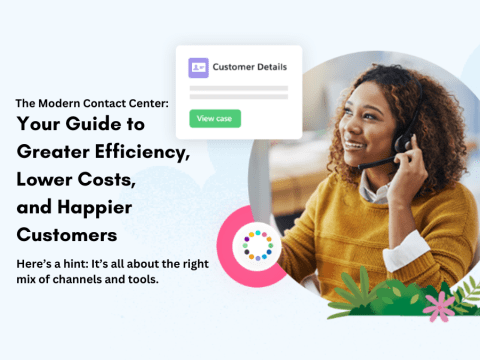
Digital worker best practices to help businesses realize return on investment through greater productivity and better business outcomes.
The growth of the U.S. labor force is slowing. Over the current decade, growth is projected to fall by almost 50%. The news is already full of stories of industries and businesses struggling with attrition,
skills gaps and stagnant productivity
In a tightening skilled-labor market, adopting digital worker technology can yield significant productivity gains by automating line-of-business functions. When implemented thoughtfully, digital workers can also improve job satisfaction and, thus, the retention of your most important resource: people.
The new digital workers
Digital workers, also known as digital employees, are non-human team members trained to use intelligent automation technologies to perform multiple tasks in a set of sequences and meet a complete business need from beginning to end — in contrast to the narrower automation capabilities of bots and chatbots. An example might be processing invoices through an organization’s system — moving them from sales to finance to procurement for execution and delivery.
Just like human employees, digital workers have a persona in the organization — a level of authority,
peers and someone to whom they report. Like people, they have certain credentials — systems they can access, people they can interact with and a level of security clearance. And like human hires, they come with job-specific skills and the ability to build new ones as the job requires.
Digital workers today are helping HR staff craft job descriptions, generate lists of candidates and contact them. They’re helping customer support teams approve exceptions and schedule follow-up meetings. They’re working across departments to process customer address changes for procurement. And they’re helping insurance companies evaluate complaints, gather approvals and notify customers.
The more advanced digital worker software can act across multiple processes and systems, converse
dynamically and gather inputs from humans, and remember and draw from previous interactions to
improve workflows.
Resource Sponsored By

Please fill out the form to access the content








